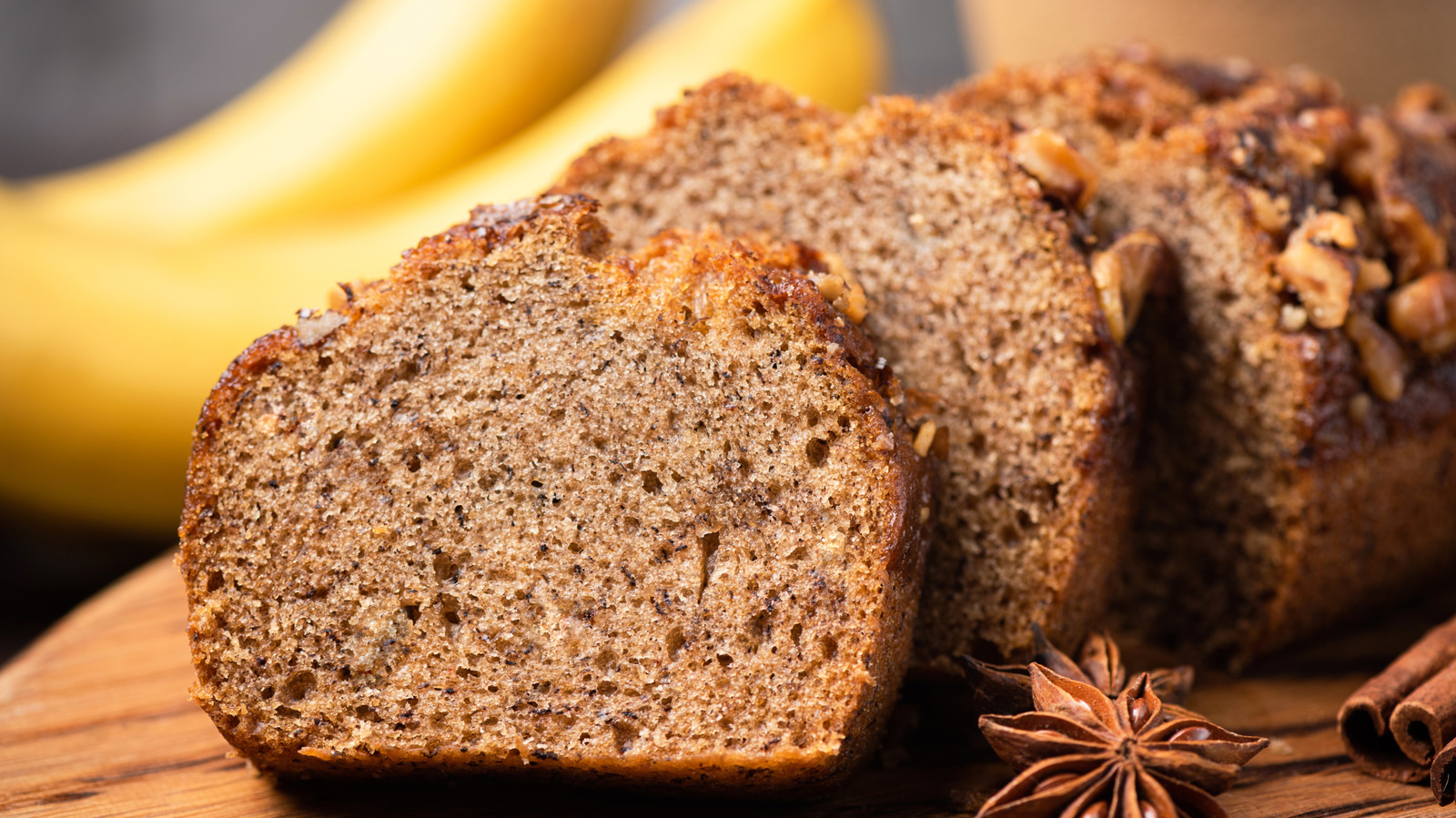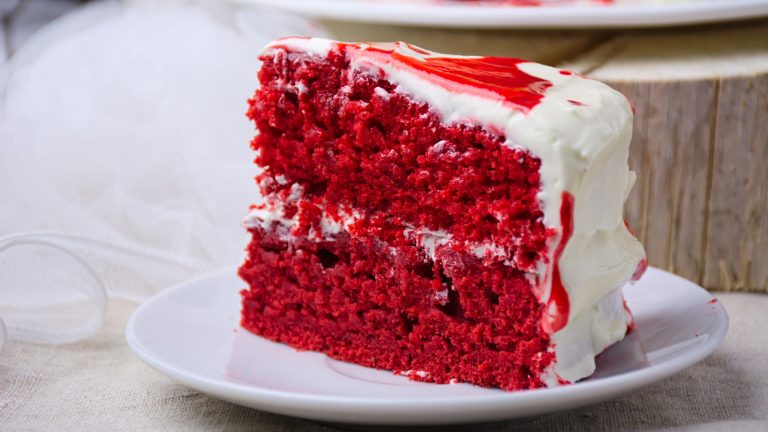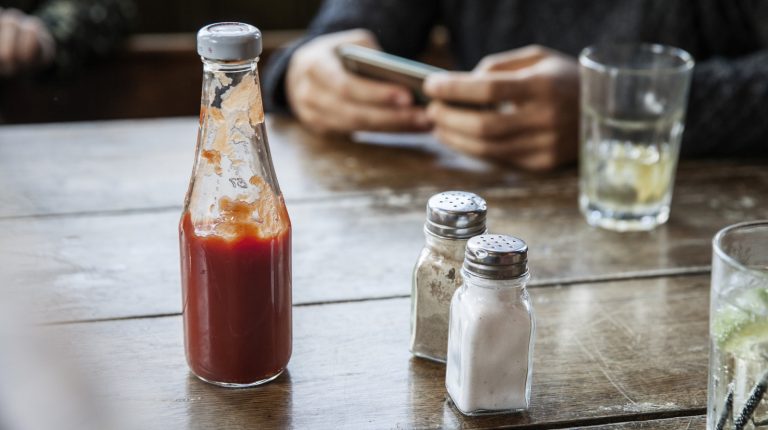While bananas make a tasty and nutritious snack all on their own, there’s no denying the little thrill you feel when you walk into the kitchen and spot that the yellow bundle has turned brown and soggy. It’s time for banana bread! With nuts, with chocolate chips, or this super-easy banana bread recipe with just three ingredients, there are no wrong answers. After the baking is done and you cut into that fresh, steamy loaf, you may notice tiny black squiggles in between the pockets of chocolate chips and nuts, but there’s no need to throw the entire thing away.
These squiggles are known as phloem bundles, and they come from the banana itself. They’re perfectly safe to eat, albeit a little strange-looking. You can pretty much think of the bundles as the banana’s veins, transporting nutrients and minerals from one end of the banana plant to the very tip of the fruit. You may even remember hearing the term back in your high school science class days, since phloem and xylem are the two types of tissue that carry nourishment to different parts of a plant. Technically, it might be possible for scientists to genetically modify banana plants without the phloem bundles, but since the banana you’re likely familiar with is on the brink of extinction, perhaps it’s more important to focus on that particular crisis than appease the more squeamish banana eaters.
Understanding phloem bundles and the Maillard reaction
Phloem bundles, though they might look like tiny worms, don’t have much of a taste and very minimally impact the flavor of banana bread. On an actual ripe banana, you might take a bite of a phloem bundle and find that texture-wise it’s more chewy and stringy, but that’s thanks to the extra fiber. Since banana bread requires squishy, over-ripe bananas, the phloem bundles tend to soften along with the rest of the fruit. You’ll still see them in the banana bread once baked, but you don’t need to worry about it affecting the flavor or the texture of your loaf.
Peel a regular banana and you’ll notice that the phloem bundles are the same pale color as the banana itself, but in baked banana bread, those stringy bundles turn black. This is the Maillard reaction in effect, browning both the bread itself and the phloem bundles. The Maillard reaction isn’t actually one reaction but a series of reactions that impact both color and flavor. It occurs in multiple kinds of foods, everything from steaks to marshmallows to vegetables and almost everything in between. All you need to know when it comes to banana bread is that the sugars in the banana, plus amino acids, plus a heat source, equals a browned, tasty treat. You could try to pick the phloem bundles out of the bananas before baking them, but it might be a little hard to decipher one mushy object from another.






